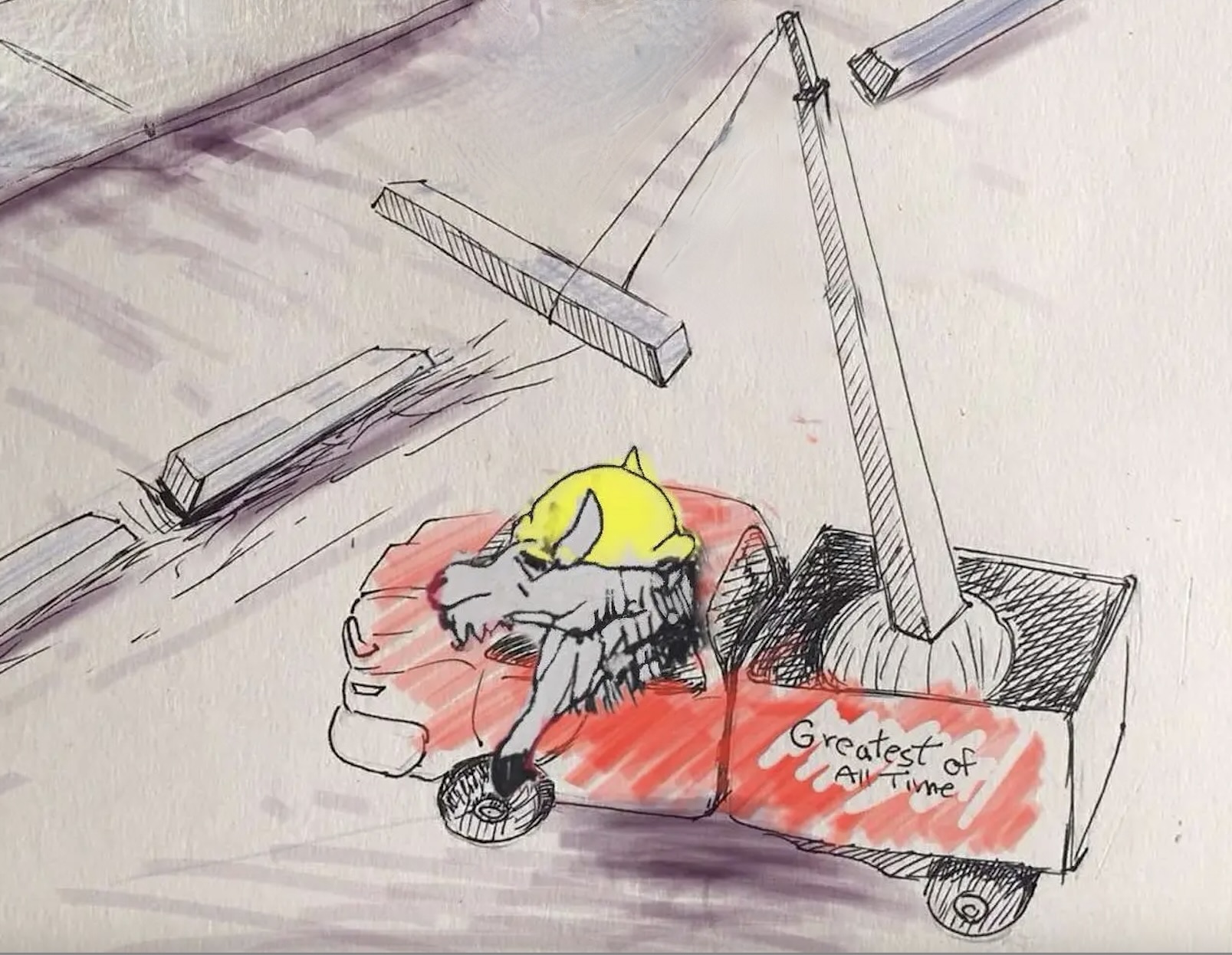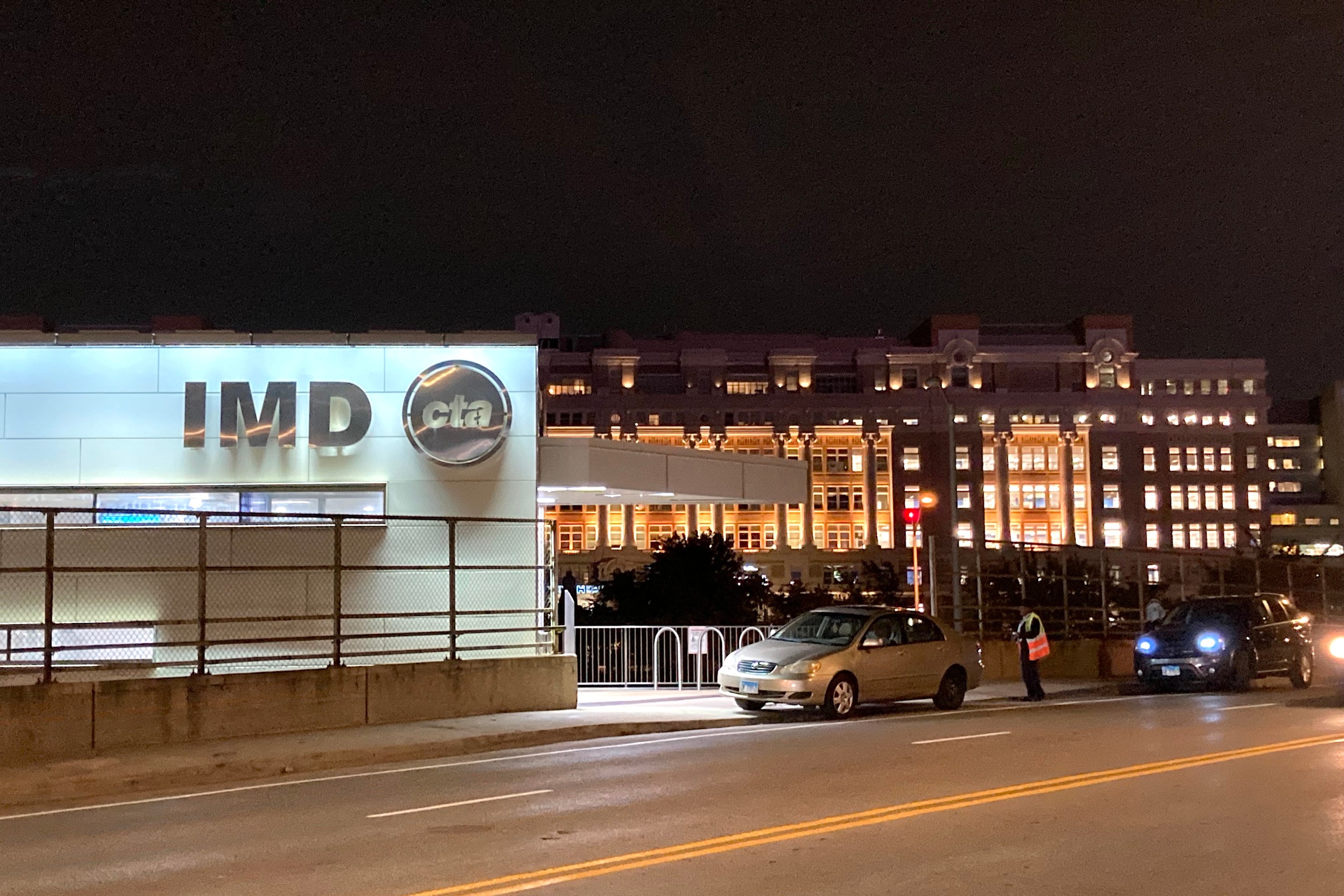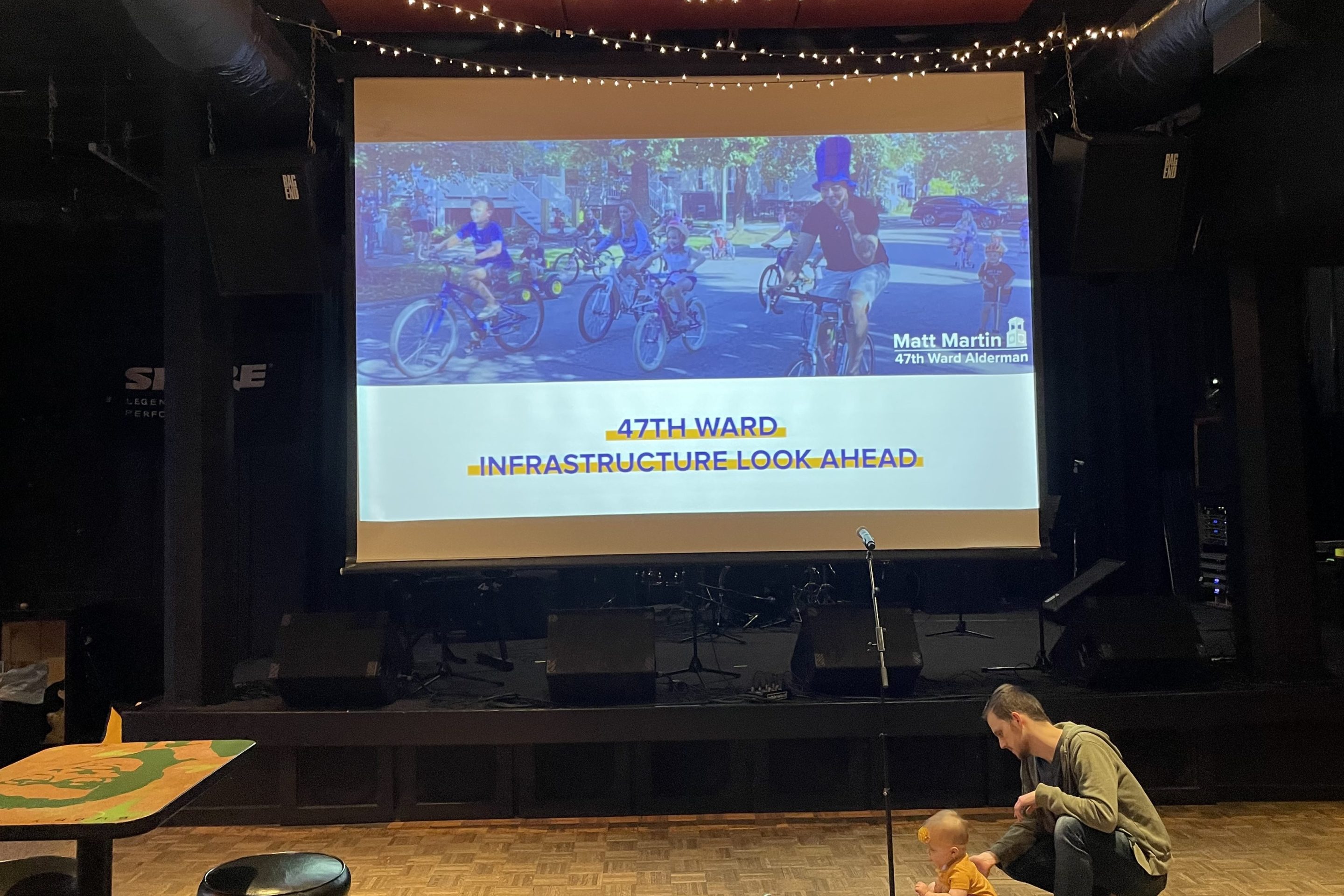Ride-hail drivers discuss labor and environmental issues
12:25 AM CST on December 11, 2019

I recently shared with Streetsblog editor John Greenfield that I appreciated him publishing the article sharing the perspective of someone who worked as a ride-hail driver. I often feel like it's very easy to think about ride-hail and sustainable transportation in a very us versus them way. As someone who can think about sustainable transportation in a very polarized way, I can see things more objectively when I'm calm. Ride-hail drivers are just actors within a very unregulated industry.
The city of Chicago, in my opinion, has not shown very much interest in offering substantive regulations or fees that will curtail ride share’s negative impact on CTA bus ridership. (The new ride-hail tax passed by the City Council last month will raise the tax on private downtown rides during peak hours to $3.) Most of what I've seen in the local media when it comes to ride-hail has focused on ride-hail’s impact on bus ridership and congestion. Less frequently covered are the experiences of ride-hail drivers.
Recently I was pleasantly surprised to be invited to moderate a panel on gig work with a feature on ride-hail apps. "Gig Work: Apps, Transit, and the Environment" was hosted by Chicago Jobs with Justice and Workers’ Rights Board last week. These organizations are committed to winning campaigns for workers’ rights and social and economic justice.
The panel was composed of 5 individuals: Eli Martin (Chicago Rideshare Advocates), Julia Gerasimenko (Active Transportation Alliance), Chris Williams (National Labor Advocacy Network), Joe Fedorko (adjunct instructor and Lyft driver), and Valencia Harton (Uber driver.) Panelist members were given seven minutes to share their experience as it pertains to the rride-hail gig economy and audience members were encouraged to ask questions.
Eli Martin of Chicago Rideshare Advocates started off the panelists by stating the ride-hail gig economy relies on “exploitative labor practices, algorithmic manipulation of your behavior while you work for them, and employment misclassification” that frees the companies of providing worker protections and benefits. By relying on the aforementioned ingredients, all of the costs are shifted to the drivers. It's not uncommon for ride-hail drivers to compute their taxes and realize they actually lost money overall. According to Martin, this is a feature of the ride-hail system for the companies, not a bug or mistake.
The exploitative practices of Uber and Lyft and the diffuse nature of gig workers led Chicago Rideshare Advocates to aggressively create a social media presence which has reached over 500,000 people according to Martin. Goals for CRA are to have the city of Chicago cap the number of ride-hail drivers (a strategy Streetsblog Chicago has also endorsed), mandate better pay rates, require stronger background checks and car safety standards, provide the drivers with collective bargaining rights as independent contractors, and oversee the deactivation process.
Martin stated that the deactivation process, in which a driver who allegedly breaks a company's rules may be barred from using the platform, is one of the most unjust aspects of the ride-hail industry. Currently the process is conducted by an algorithm and there's no appeal mechanism. I'm supportive of these goals and world be interested in learning how the city would go about setting up an appeals process for drivers and how this would be paid for. Perhaps this could be routed to the city's Department of Business Affairs and Consumer Protection, which oversees ride-hail.
Joe Fedorko shared his experience as an occasional and part-time and occasional ride-hail driver. He spoke of the “appification” of freelance work: speech coaching, tutoring, editing for dissertations, home repair services, etc. Fedorko discussed entering the rideshare field three summers ago and being confused as to how to account for his return trips home, many of which were 20-30 miles. He spoke of the difference in the language the Uber and Lyft used to entice drivers to work. Uber’s messaging has been focused on how much money the driver was losing by not turning on the app and Lyft focused on incentives, informing drivers of peak earning periods. He also talked about how the majority of Uber's advertising has been focused on recruiting drivers rather than attracting passengers, pointing to a 2017 analysis that found less than 5 percent of Uber drivers stay with the company for a year or longer.
Chris Williams of the National Labor Advocacy Network explained the difference between employees and independent contractors. According to Williams the guiding question should be, “Who benefits from your labor?” Since the ride-hail companies are benefitting, he argued, they should be responsible for payroll taxes, minimum wage, healthcare benefits, worker's compensation, etc. Unfortunately, current laws do not define ride-hail drivers as employees but rather independent contractors. There is the possibility for state legislation to allow people not classified as employees under federal law and the National Labor Relations Board to be considered employees. Williams ended his comments with a dark vision of more and more companies turning to an Uber-like model of relying on independent contractors in order to circumvent offering benefits, He cited Uber’s new app UberWorks, which matches shift workers with shifts, as an example.
Julia Gerasimenko shared Active Trans’ vision for more sustainable and equitable communities connected by quality public transit and safe walking and biking infrastructure. She stated that since 2012 bus ridership has fallen 21 percent, and noted that the speed and reliability of Chicago’s buses have decreased due to increased congestion, which ride-hail contributes to. The decrease in farebox revenue could lead to reductions in service and/or fare hikes, leaving residents who can't afford ride-hail stranded with worse transportation access than ever.
Gerasimenko also discussed the impact of ride-hailing on traffic safety. "Deadheading," the practice of driving around without a passenger until you are pinged to pick one up, puts vulnerable road users at risk given a driver's incentive to quickly make it to their next potential ride. Gerasimenko said Active Trans wants to "stand in solidarity with bus and train operators, cab drivers, and ride-share drivers in efforts to support a publicly owned mobility system that works for everyone.”
Valencia Harton has exclusively worked as an Uber driver for four years. She said she was “sucked in” by the potential of high earnings. She started out leasing a car from Uber with a payment of $200 per week. She was able to modify the agreement but is now upside down for her current vehicle, a 2017 vehicle with 109,000 miles. Horton said her earnings with Uber average $100 for six hours of work which is not as lucrative as it was in the past.
The audience commentary portion of the event was informative. A public health researcher in the audience cited studies showing a link between traffic pollution and asthma. People living in close proximity to high traffic address are at an increased risk of developing the disease. A study released earlier this year found that ride-hail is causing a net increase in air pollution.
One of the drivers in the audience said that he would love to see more people riding the bus given the fact that short ride-hail trips are unprofitable for drivers. He said he is in favor of a slight increase in the price of ride-hail taxes and more bus-only lanes. I found this pretty surprising and wonder how other drivers feel about the prospect of higher fees and more bus lanes. The rest of the commentary portion focused on how a movement for fairer working conditions for gig workers can build momentum and the possibility of ride-hail drivers becoming trained to be part-time CTA or Pace transit operators.
I'm grateful for the opportunity to learn a bit more about the experiences of ride-hail drivers. I'd love to see a transportation ecosystem that provides sustainable, equitable, and affordable mobility for all and doesn't come at the expense of workers’ rights.
Stay in touch
Sign up for our free newsletter
More from Streetsblog Chicago
Curb your enthusiasm: Our FOIA request didn’t solve the Doty dilemma, but we got some interesting intel
We did find out that the old Doty/Woodlawn bike lane curb protection was relocated to CDOT projects that were installed at Broadway/Aldine and on Wrightwood.
TLC in the IMD: the Illinois Medical District Commission releases bike and pedestrian safety plan
Five proposed projects would improve walking and biking safety - and beautify - the IMD.
47th Ward Touts Bike/Ped Infra and New Projects at Community Meeting
Ward celebrates improvements on Irving Park and around schools. Next up: Leland Greenway.



